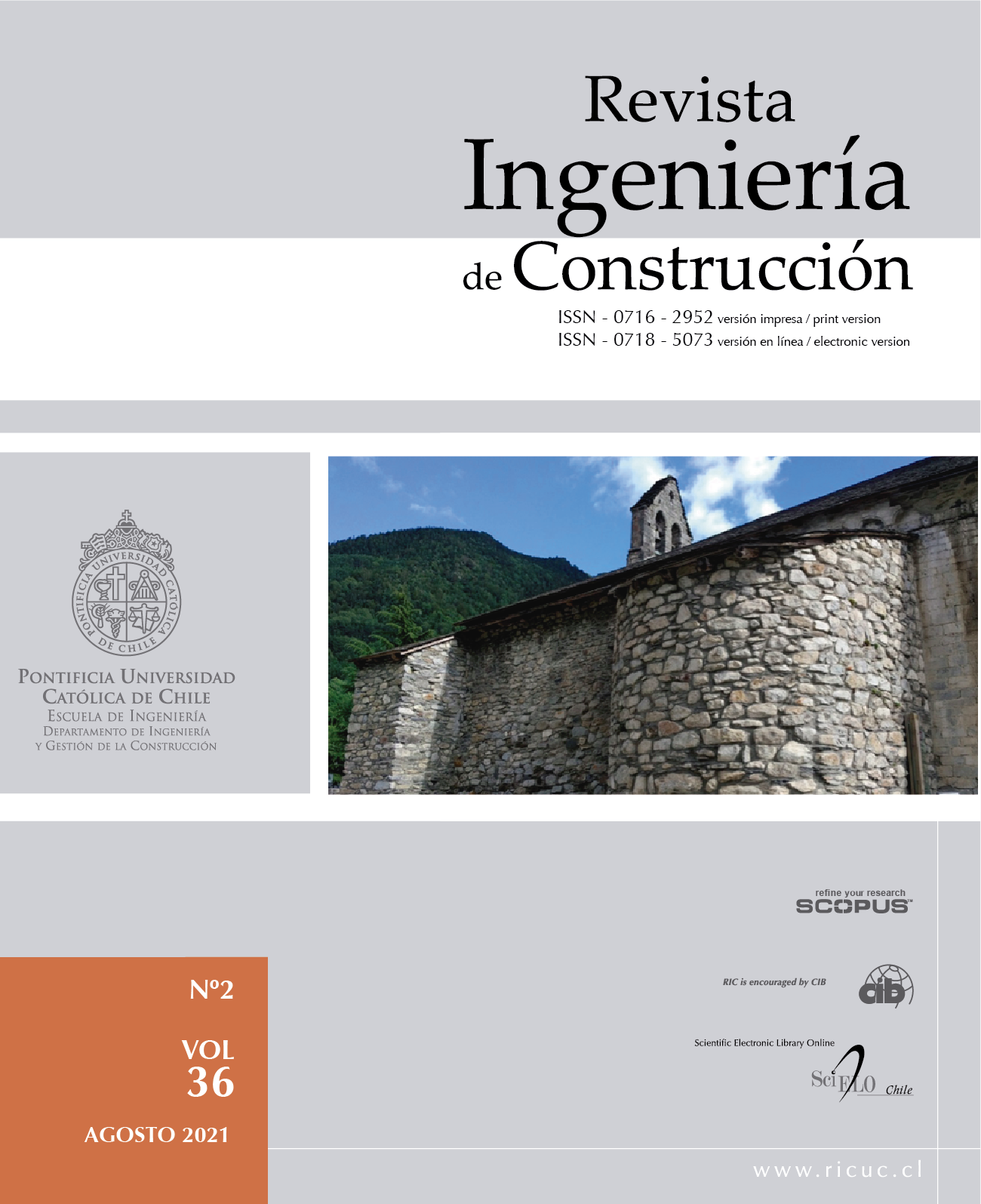Regression Models and Response Surfaces to Assess the External Stability of Soil Nailing Walls
Keywords:
Soil nailing wall, external stability, factor of safety, experimental design, response surfaceAbstract
Due to its fast and economical execution, the geotechnical solution known as soil nailing walls is widely used for the stabilization of slopes and ground excavations. At the design stage, verification of the external stability of the soil nailing wall is one of the most important acceptability criteria. The main objective of this work is to evaluate the external stability of soil nailing walls, considering the variability influence of their height and the geomechanical parameters of the soil in-situ. The probabilistic 2k factorial design methodology has been applied to generate 32 experiments. A vertical soil nailing wall, with variable height, under pseudo-static load conditions, and executed in residual soil from granitic rock has been used as a prototype model. Based on the analysis of the observations of the 32 experiments, three regression models have been developed, which can be used to predict the value of the factors of safety with arbitrary realizations. Furthermore, the observations show that the factors that most influence the external stability of soil nailing walls are the height of the wall, the cohesion and the friction angle of the soil in-situ.


